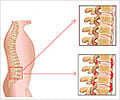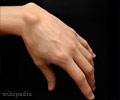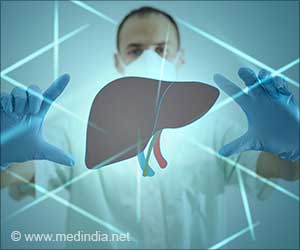Next-generation Genomic Sequencing could help identify infecting organisms and guide treatment for patients with joint-replacement infection.

‘Next-generation Genomic Sequencing could identify pathogens that the standard culture method could not identify.’





Recent research at the Thomas Jefferson University has found that genomic analysis using next-generation sequencing (NGS) can identify infecting organisms in over 80 percent of cases of infected joint replacement that had previously escaped detection."This method can help detect pathogens that we would otherwise miss using standard approaches, namely culture," said senior author Javad Parvizi, MD, Vice Chairman of Research and Professor of Orthopedic Surgery at the Rothman Institute at Thomas Jefferson University. "The study has revealed unexpected pathogens and let us to select more appropriate and effective treatments for patients."
In order to test the ability to isolate infective organisms, Dr. Parvizi and colleagues prospectively enrolled patients undergoing a revision joint replacement over a 9-month period in 2016, and assessed for organisms identified using traditional method: culture, side by side with NGS.
The results showed that NGS identified organisms in 89 percent of infected cases versus 61 percent with culture. Furthermore, NGS was able to detect the pathogen in 81 percent of the cases that were negative for pathogens by the standard culture method, and which would have been missed otherwise.
One patient, whose case was described in a separate paper in Arthroplasty Today, reported to the emergency department with an infected joint replacement. Although standard culture was unable to identify the pathogen, NGS diagnostic tests resulted in an unexpected finding: The infection was caused by Streptococcus canis, an organism found in dogs. Further questioning of the patient confirmed that he had been scratched by his dog a few days prior to the joint infection. Once the pathogen was known, the patient could be switched to more effective antibiotics and recovered well.
Advertisement
The American Academy of Microbiologists (AAM) recently published a report supporting the use of NGS, stating, "NGS has the potential to dramatically revolutionize the clinical microbiological laboratory by replacing current time-consuming techniques with a single all-inclusive diagnostic test."
The research is published in the Journal of Bone and Joint Surgery.
Source-Eurekalert













